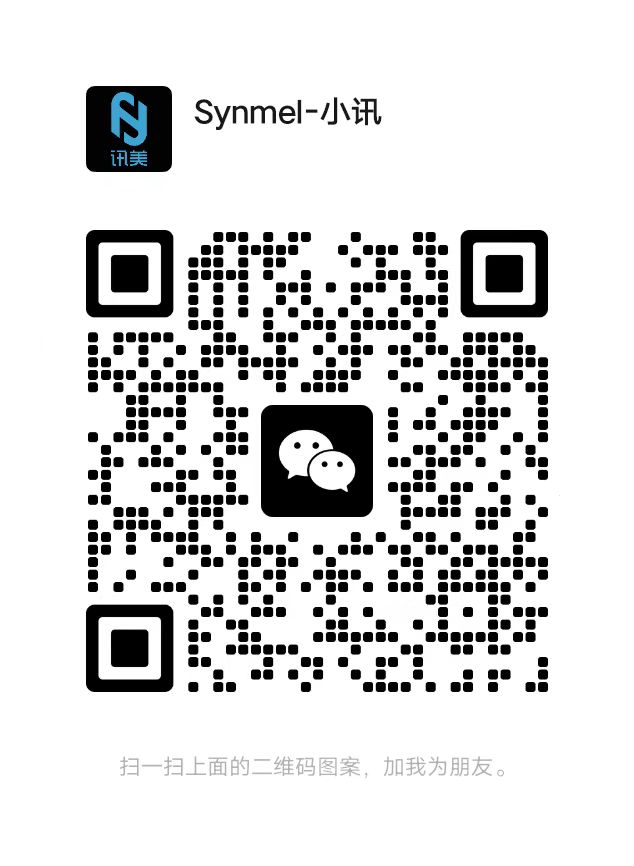- English
- Español
- Português
- русский
- Français
- 日本語
- Deutsch
- tiếng Việt
- Italiano
- Nederlands
- ภาษาไทย
- Polski
- 한국어
- Svenska
- magyar
- Malay
- বাংলা ভাষার
- Dansk
- Suomi
- हिन्दी
- Pilipino
- Türkçe
- Gaeilge
- العربية
- Indonesia
- Norsk
- تمل
- český
- ελληνικά
- український
- Javanese
- فارسی
- தமிழ்
- తెలుగు
- नेपाली
- Burmese
- български
- ລາວ
- Latine
- Қазақша
- Euskal
- Azərbaycan
- Slovenský jazyk
- Македонски
- Lietuvos
- Eesti Keel
- Română
- Slovenski
- मराठी
- Srpski језик
What is the difference between Super Narrow AM Label and ordinary AM Label?
2024-08-06
Super Narrow AM Label and ordinary AM Label are two types of electronic commodity anti theft labels. Their main differences are as follows:
Different frequency width:
Super Narrow AM Label: The frequency bandwidth of this label is very narrow, usually around 58kHz, so it is called ultra narrow frequency. This design is intended to reduce interference with other nearby AM system devices and improve the system's anti interference ability.
Ordinary AM Label: Ordinary AM labels usually have a wider frequency bandwidth, about 58kHz to 66kHz. Although they also have good anti interference ability, they may be slightly inferior to ultra narrow frequency labels.
Anti interference ability:
Super Narrow AM Label: Due to the narrow frequency bandwidth, this label has stronger anti interference ability in complex environments and can be more reliably detected by the AM system.
Ordinary AM Label: Although it can work normally in most cases, it may be slightly insufficient in places with complex electromagnetic environments and more interference.
Application scenarios and system compatibility:
Super Narrow AM Label: Usually used in places that resist complex interference environments, such as shopping malls, supermarkets, and other places that require efficient anti theft.
Ordinary AM Label: More common in general retail stores, providing good anti theft effects.
Cost and selection:
Super Narrow AM Label: Due to the advantages in technical design, it may be slightly more expensive than ordinary AM labels, but it can provide more reliable anti theft effects.
Ordinary AM Label: The cost is lower and suitable for most general retail anti theft needs.
In general, the choice of using Super Narrow AM Label or ordinary AM Label depends on the specific anti theft environment, budget, and required system performance. For complex environments and high demand anti theft applications, Super Narrow AM Label may be a better choice, while ordinary AM Label is suitable for general retail anti theft needs.




